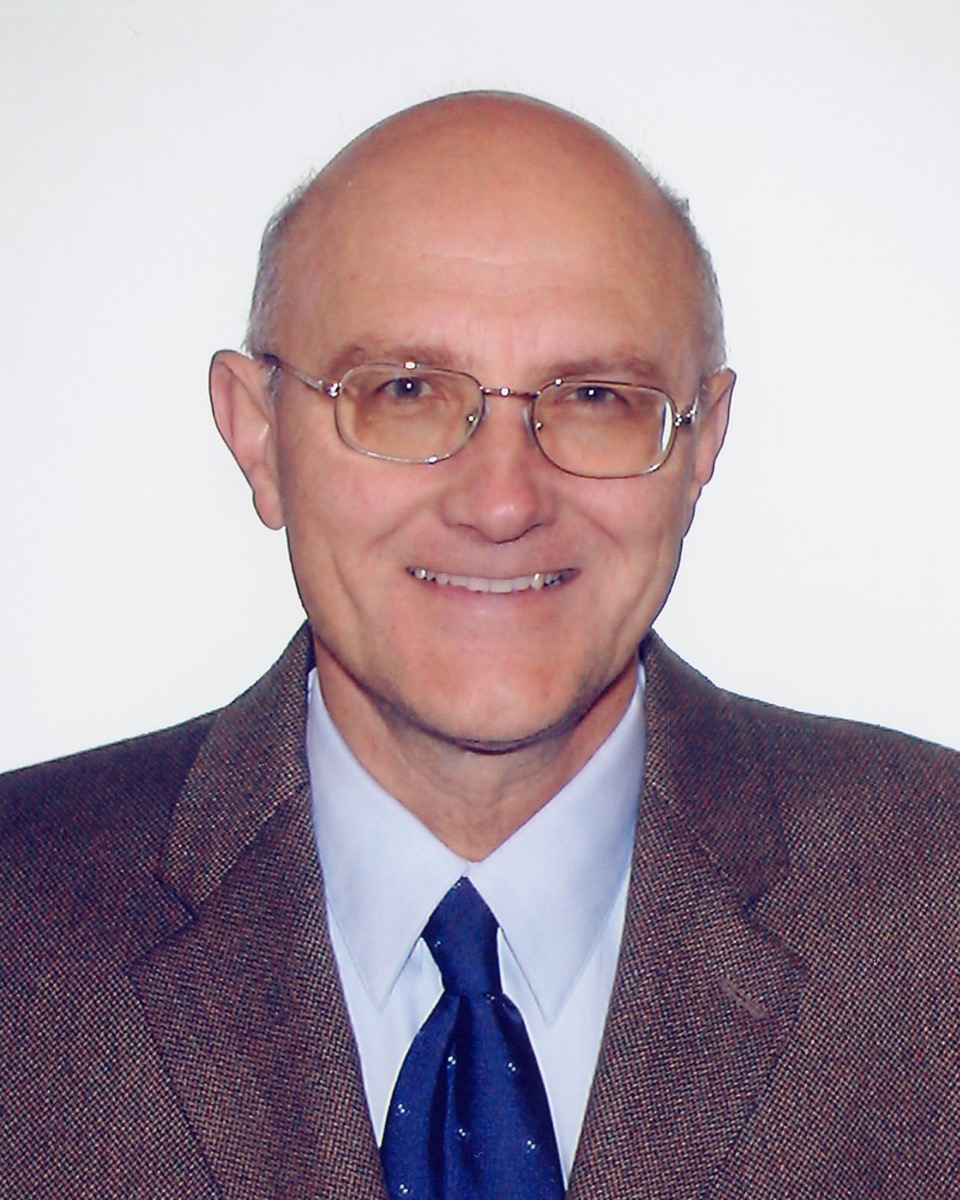Dr. Hrovat, Davorin
Adjunct Distinguished Professor
Department of Mechanical and Aerospace Engineering
University of California, San Diego
Seminar Information

In this talk I will try to survey developments in automotive computer control systems during the past four decades, which incidentally and fortuitously coincided with my career in this exciting and challenging field. Starting in the late 70s and early 80s with just dozens or at most hundreds of lines of assembly code, the field saw exponential growth so that that by the time I retired in 2015 typical cars had dozens of processors with hundreds of thousands if not millions of lines of C code and similar constructs.
During the talk, I will intertwine my personal experiences with some general facts, many of them focused around Ford, the company where I spent most of my career. As time permits, I will also venture some personal observations about present and future related developments and major pushes, such as EVs, AVs and other Vs, for example.
Davor Hrovat received his Dipl. Ing. degree in Mechanical Engineering from the University of Zagreb in 1972, and his M.S. and Ph.D. degrees in Mechanical Engineering from the University of California, Davis in 1976 and 1979, respectively. From 1981-2015, he was with the Ford Motor Company where he conducted and led R&D efforts on various aspects of chassis, power train and overall vehicle control. He holds more than 100 US patents and is the author/co-author of more than 200 technical papers and propitiatory reports. Many of his patents have been used in production to improve efficiency, performance, comfort and safety of millions of vehicles.
In 2006 he was appointed the first Henry Ford Technical Fellow in the area of Controls. This is the highest technical recognition in the Company. In addition, Dr. Hrovat is a Fellow of ASME, IEEE, and IFAC, and a member of the National Academy of Engineering.
